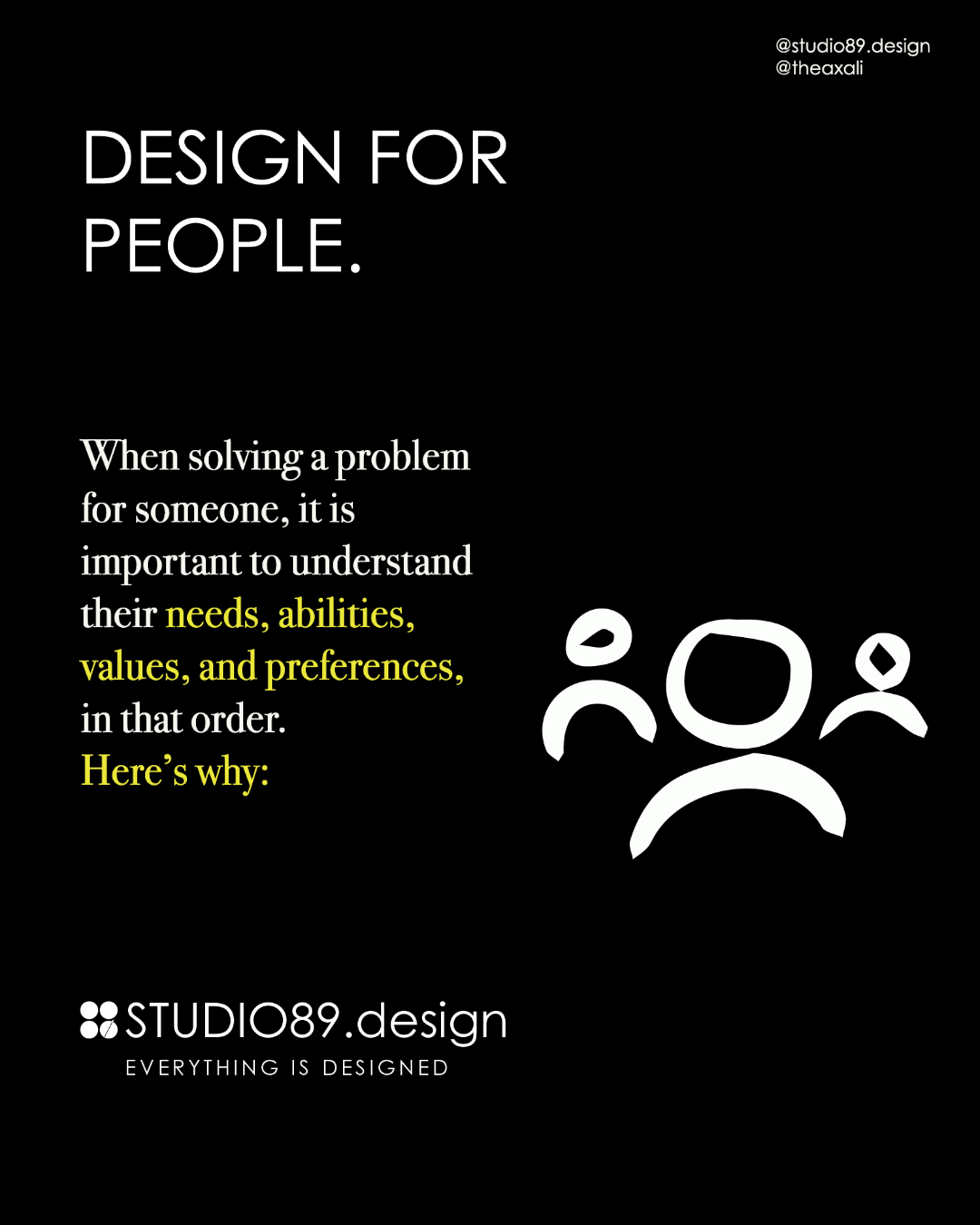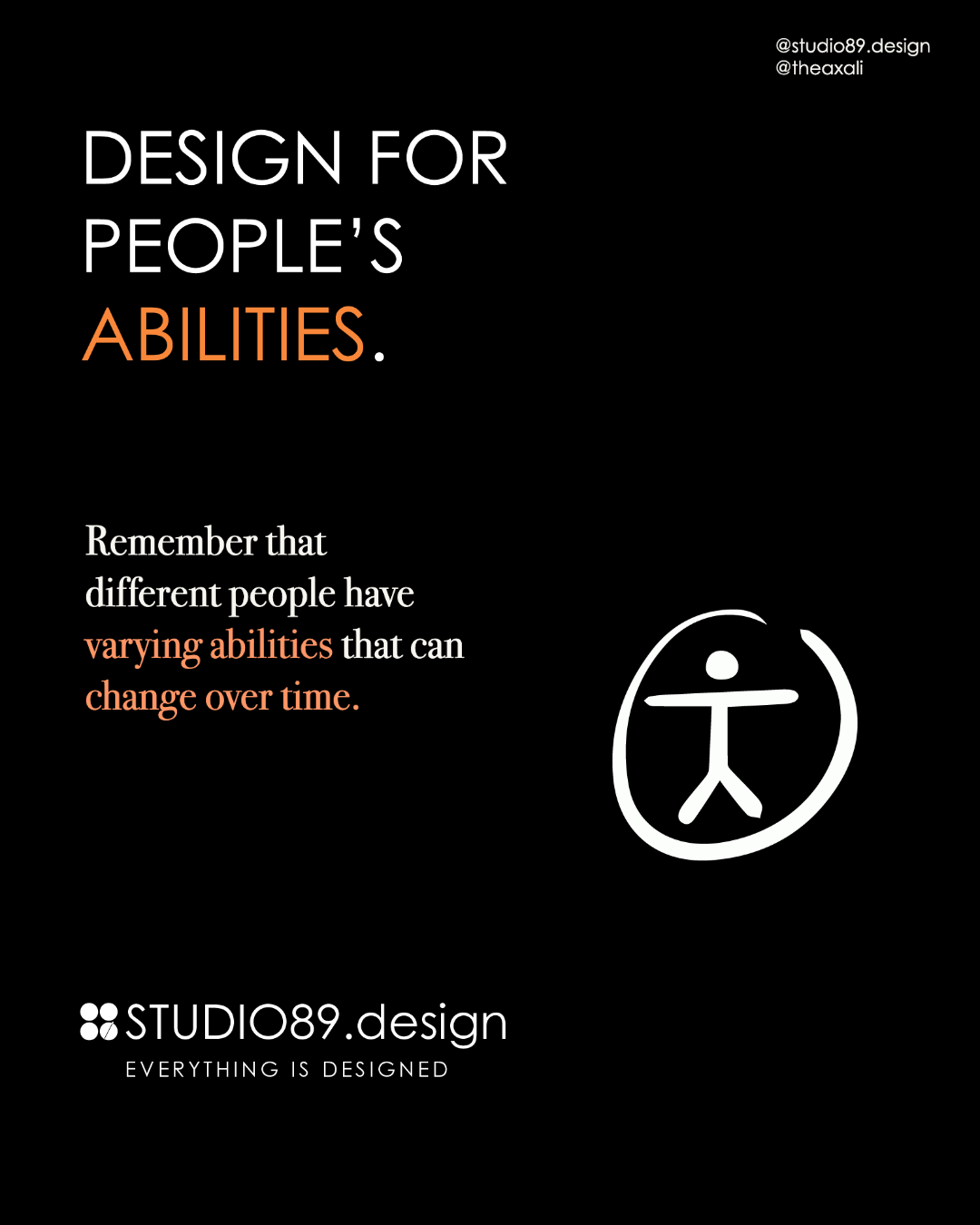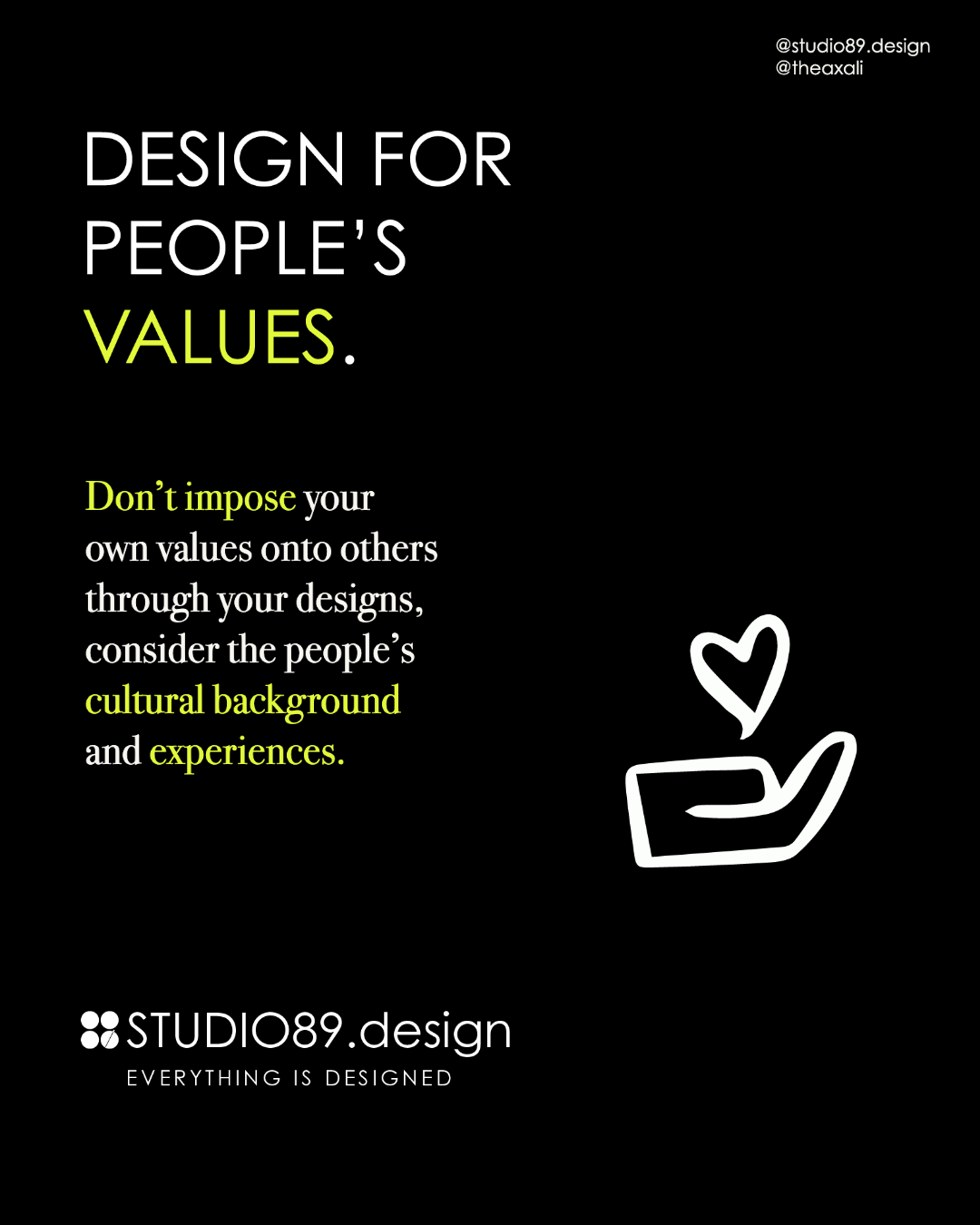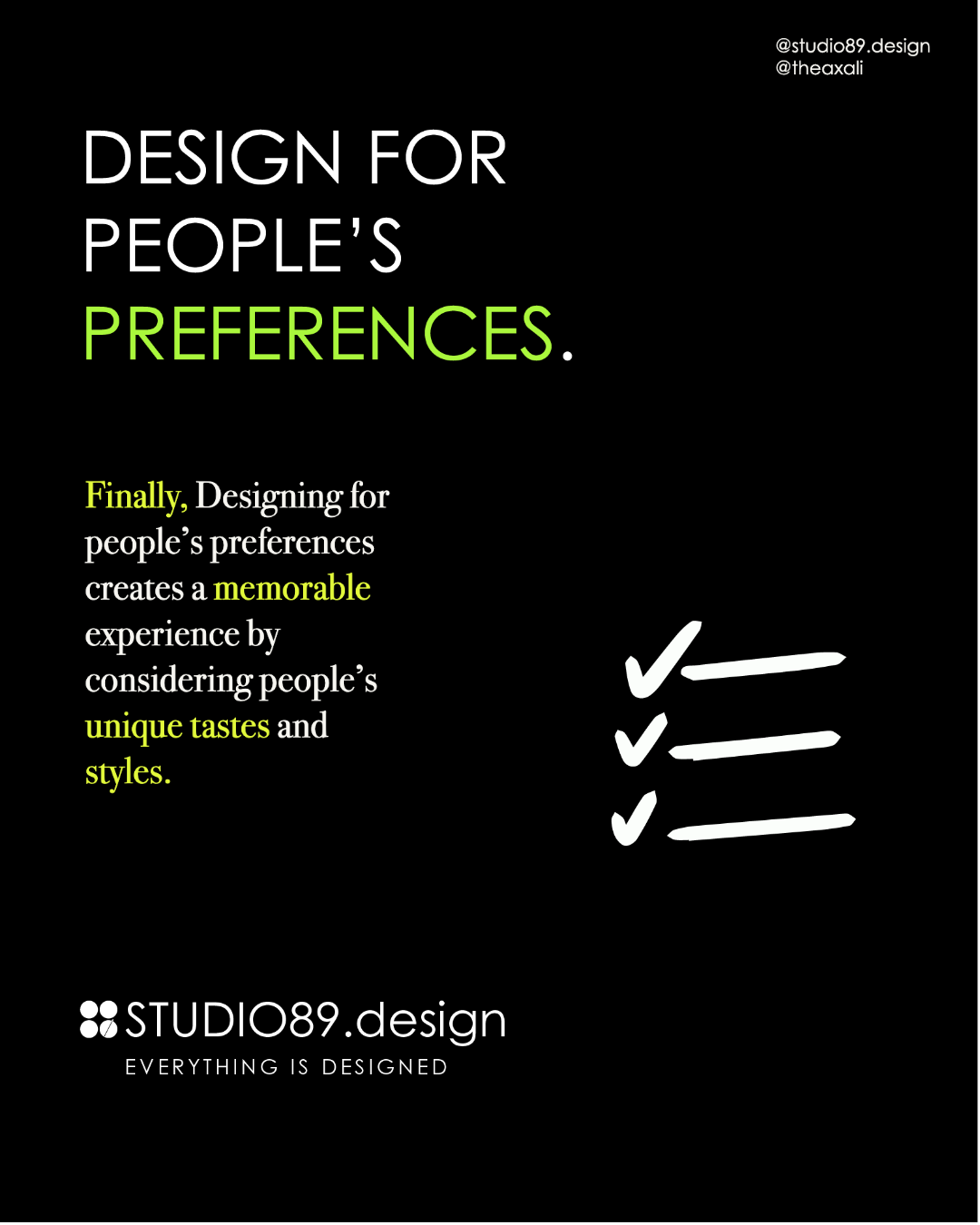Designing a Successful Product: How to Consider Needs, Abilities, Values, and Preferences





Creating a product or service that really speaks to your customers is a tough gig. You have to know what they want, what they can do, and what they like. To make it happen, you need to tackle these things in a specific order: needs, abilities, values, and preferences.
After over a decade of creating and inventing products - both in scientific labs during my Ph.D. in Human-Computer Interaction at the University of Washington, and in roles researching and creating new human-centered products for Microsoft, Apple, AWS, Amazon, and startups - I have established the following priorities, in order: solve a problem for people (needs), ensure accessibility and usability (abilities), align your purpose with theirs (values), and then delight them by catering to their preferences.
The first thing to do when making a great product is to understand what your customers need. If you don't address their needs, you're not gonna make it. Your customers are only going to buy from you if you give them something they really need. For example, a chef satisfies the hunger and sustenance needs of their customers by providing food. But if you don't meet these needs, you won't make any sales. Keep in mind that needs can be complex and multifaceted. People have emotional and psychological needs, in addition to basic ones like hunger. For instance, a coffee shop that creates a cozy and welcoming atmosphere can address customers' needs for social interaction and a sense of community.
Once you know what your customers need, it's time to take a look at their abilities. People have different abilities that change over time. It's important to make sure that your design is accessible to all, regardless of their abilities. This includes not just physical abilities, but also cognitive and sensory abilities. One way to make sure everyone can use your design is by testing it with a diverse group of people. That way, you can make sure it works for everyone. For example, if you're designing a website, you might consider using a larger font size and high-contrast colors to make it easier for people with visual impairments to read.
Designers should also be aware of their own values and biases. It's important not to force your own values on others through your designs. Instead, consider people's cultural backgrounds and experiences. This will help you create designs that are culturally relevant and sensitive to the needs of others. For example, if you're designing a product for a multicultural audience, you might consider using symbols or images that are easily recognizable across different cultures.
Finally, designing for people's preferences creates a memorable experience by considering people's unique tastes and styles. By considering people's preferences, you can create a product that is tailored to their needs and desires. This can include personalizing the user interface, offering customization options, or providing recommendations based on their past behavior.
In conclusion, when designing a product or service, it's important to consider needs, abilities, values, and preferences - in that order. Accessibility is key, including cultural backgrounds and experiences. By considering these elements, you can create a memorable and successful product that truly meets the needs of your customers while still catering to their tastes and preferences.
Don't forget to sign up for our newsletter to stay up-to-date with the latest posts on how to design in different aspects of everyday life, from business to fashion to cooking and everything in between. Stay informed and inspired - sign up now!